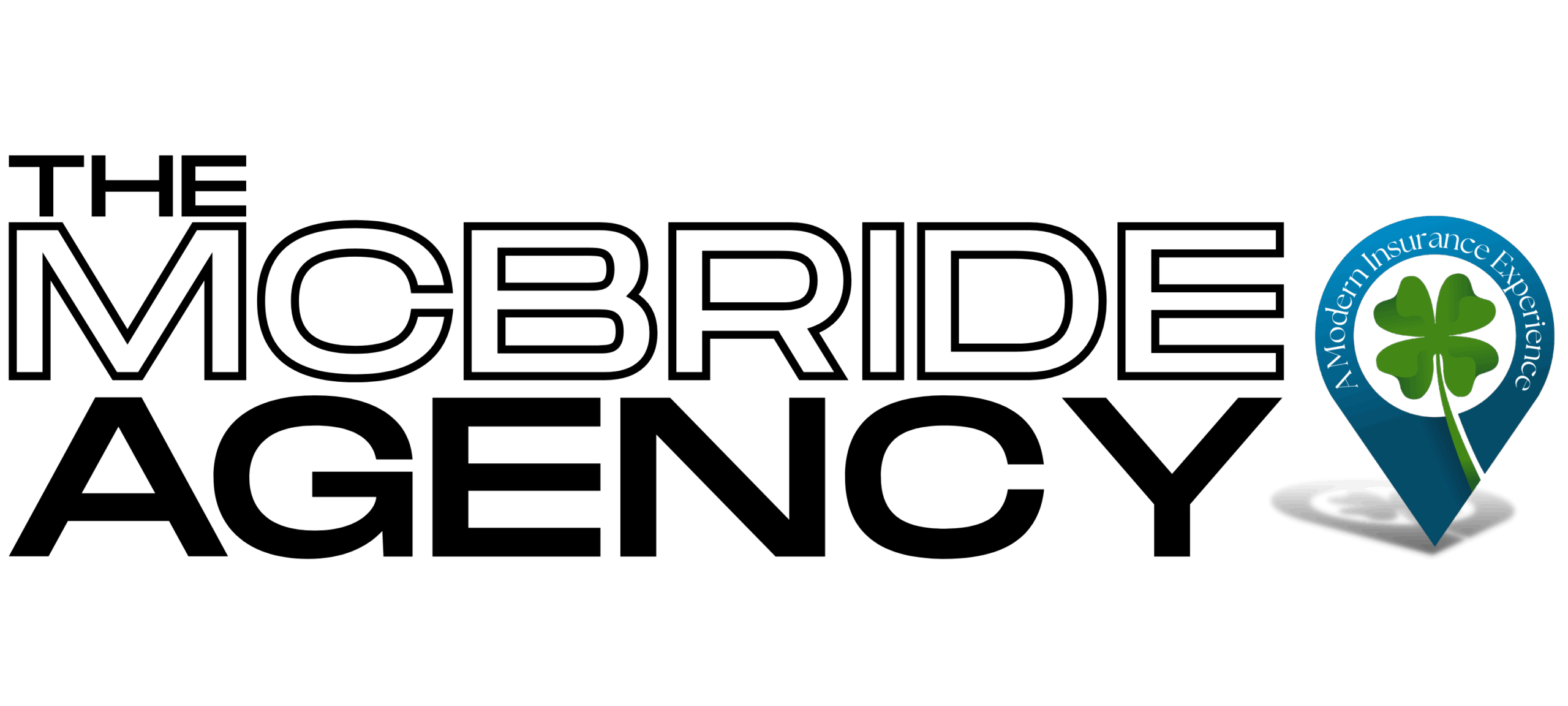Liability insurance pays for medical bills and damage to other cars if you cause an accident. It does not cover damage to your own car. You can choose from different levels of coverage, but it is recommended that you get at least 100/300/100 coverage. This means $100,000 in coverage for bodily injury per person, $300,000 in coverage for bodily injury per accident, and $100,000 in coverage for property damage per accident. Combined single-limit liability policies are also available and may offer more protection than split-limit policies. You should buy as much car insurance as you can afford in order to protect yourself financially.
Why Is Liability Insurance Important?
There are a few key reasons why liability insurance is so important. First and foremost, it can help keep you financially afloat if you cause an accident and are sued as a result. A single car accident can easily cost tens of thousands of dollars in damages—and that’s not even taking into account any medical bills or lost wages if the other driver sues you and wins. If your liability limits aren’t high enough to cover the cost of the damages, you could be on the hook for paying the difference out of your own pocket. And if the costs exceed your limits? You could end up losing your home, retirement savings, or other assets. In short: It’s not worth the risk of being underinsured.
How Much Coverage Do I Need?
As we mentioned earlier, it’s generally recommended that drivers carry at least 100/300/100 in coverage. But what does this actually mean? Let’s break it down:
- The first number (in this case, 100) refers to the maximum amount your policy will pay out per person for bodily injury resulting from an accident that you cause. So, if two people are injured in an accident and each incur $50,000 in medical bills, your insurer would pay out a total of $100,000—with each person receiving $50,000.
- The second number (300) is the maximum amount your policy will pay out per accident for bodily injury claims made by others against you. So even if only one person is injured in an accident caused by you, your insurer would still pay out a maximum of $300,000 total.*
- The third number (also 100) refers to property damage coverage—meaning it’s the most your insurer will pay to repair or replace another person’s property (like their car) if it’s damaged in an accident caused by you.*
*Note: Some states require drivers to carry additional types of insurance like uninsured/underinsured motorist coverage or personal injury protection (PIP). Be sure to check your state’s requirements before buying a policy.
No one ever wants to get into an accident. But if you do cause one and don’t have enough liability insurance—or any at all—you could find yourself facing some serious financial trouble. That’s why it’s so important to make sure you have adequate coverage before hitting the road. We recommend carrying at least 100/300/100 in liability insurance. But ultimately, how much car insurance you buy is up to you—just be sure to factor in what assets you’re willing to risk losing if things go wrong.
If you have any questions about your current coverages, schedule a call or import your policies for a full review with our team at the buttons below. Even if you’re not a current client!
Calendly
Meet with our team of experts.
Canopy Connect
Securely import your insurance information.

